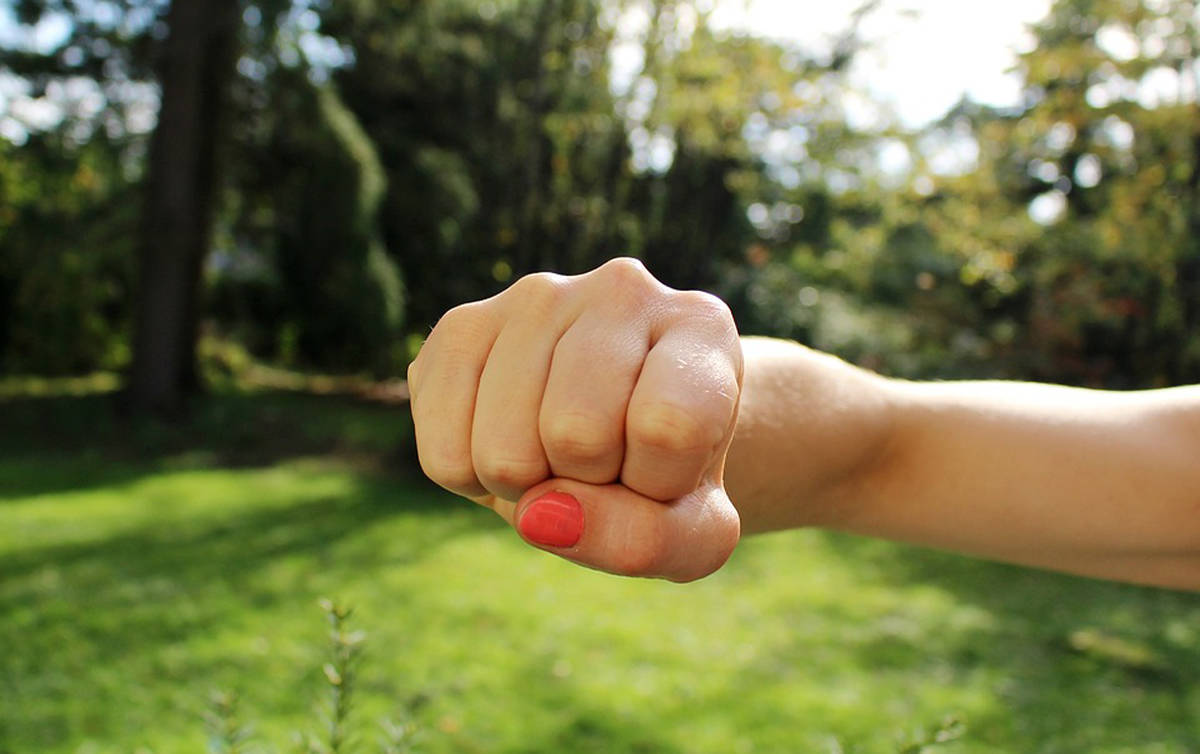 Any major societal shift worth its salt begins with ideas, and words to express those ideas. They take hold throughout a community, and as they become incorporated into our lexicon, our culture begins to change. We can intentionally create a community free of domestic violence by starting with our words to create awareness, education, and action.
Any major societal shift worth its salt begins with ideas, and words to express those ideas. They take hold throughout a community, and as they become incorporated into our lexicon, our culture begins to change. We can intentionally create a community free of domestic violence by starting with our words to create awareness, education, and action.
When we recognize, hear, or otherwise observe language that promotes or rationalizes domestic or sexual violence, we can identify red flags and use our words to respond to them. If you or someone you know is experiencing abuse, or if you have ever heard a loved one utter the phrase “But he didn’t hit me,” remember that abuse is abuse, and the words we assign to these issues can mean everything.
So what do we do when we recognize unhealthy behavior or red flags as a bystander? How do we safely intervene in cases of domestic abuse and sexual violence?
To help us learn what we should do as bystanders, we must first understand why bystander intervention is so important. By taking action, we are helping to discourage victim blaming. Because the number one rule of bystander awareness is to believe the victim. Intervening also makes domestic and sexual violence a community problem instead of an individual problem.
Bystander awareness can help us learn to recognize healthy and unhealthy behaviors. Most often, violence is an escalation of identifiable negative behavior. By learning to spot it early, it’s possible to intervene before any physical violence takes place.
But how do we know how much or how little to intervene? After all, we don’t want to get hurt, cause a victim additional harm, or escalate a situation by getting too involved. When it comes to being a responsible bystander, there are different levels of intervention.
If you see an incident of domestic or sexual violence occurring, intervene by calling the police or reporting the incident to security or authority figure.
Keep an eye out for safety. If you see a situation where there is a heightened risk that violence could occur, take action to help. An example might be offering to get a friend home safely if they’re drunk or walking a colleague to their car.
You can be a bystander among the community as a whole by speaking up for change. When you speak up to challenge sexist, discriminatory, violent attitudes and language, you help prevent domestic and sexual abuse from occurring.
If you are in a position where you need to be supportive to a friend, validate their disclosure of the incident, and do what you can to help them get in touch with services like those provided by DOVE Center. Be respectful. Be available. Be patient and be present. Especially in cases concerning domestic violence, the victim may try to leave multiple times before they succeed. It won’t be easy, but knowing you’re there might make all the difference for a victim of abuse.
Ending the violence begins with a cultural change, which requires bystander awareness on the part of all of us. You can read more about bystander intervention by visiting the National Sexual Resource Center online or through one of DOVE Center’s prevention education programs. To find out more, please visit dovecenter.org.
Not sure how to help a loved one who is experiencing domestic or sexual violence? Call DOVE Center’s helpline at (435) 628-0458.
Articles related to “Bystander awareness”
The uncomfortable relationship between sex and violence in America



